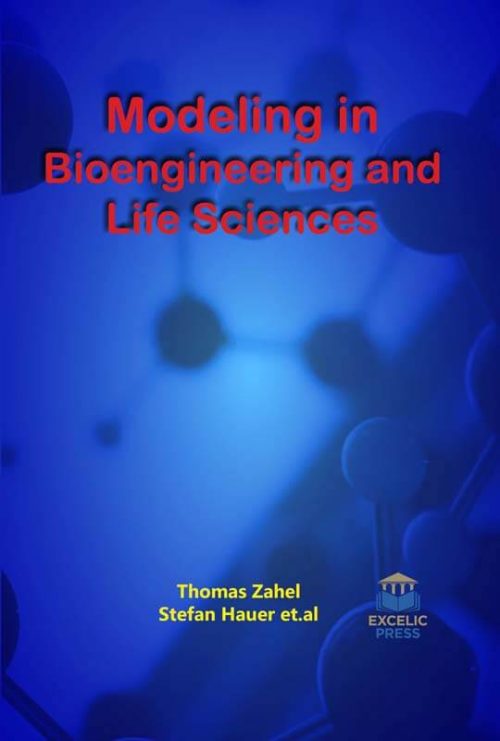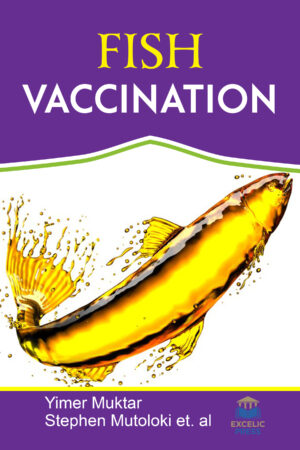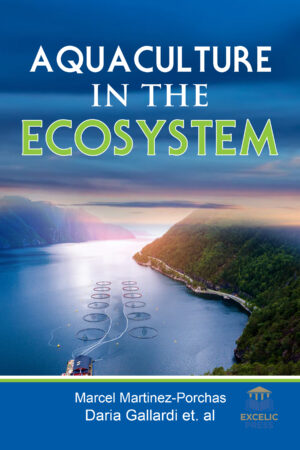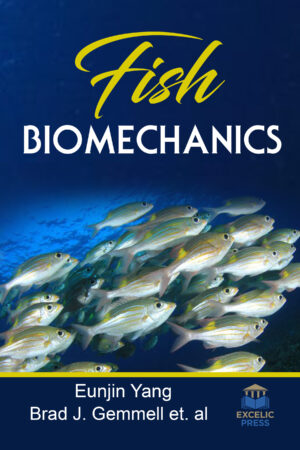Description
Does the future of bioengineering lie in models or experiments? The long-standing debate on how and how much experimental and theoretical research in the field should cooperate can shape the future. This debate means often a choice, early in the bioengineer’s career. Medicine and health care have changed dramatically in the past few decades and they depend on high technology for prevention, diagnosis, and treatment of diseases, and for patient rehabilitation. Modern biomedical research and health care are provided by multidisciplinary teams in which biomedical engineers contribute to the advancement of knowledge equally as medical professions. Bioengineering and biophysical approaches to significant discoveries in human development and disease face interdisciplinary and complex scenarios and must seek synergic assistance. In order to investigate and develop new techniques, and also to improve those currently employed, theoretical models and computer simulations are a powerful tool since they provide vital information on the electrical and thermal behavior of ablation rapidly and at low cost. The development of biomedical engineering and its affirmation has mainly appeared in the last 50 years, and it started developing at its own pace.
This book provides comprehensive coverage of modeling concepts necessary for the analysis of genomic and proteomic data using computational techniques. The book starts with an opinion on models and experiments in bioengineering. The three dimensional (3D) cultivation of stem cells in dynamic bioreactor systems is essential in the context of regenerative medicine. Still, there is a lack of bioreactor systems that allow the cultivation of multiple independent samples under different conditions while ensuring comprehensive control over the mechanical environment. Therefore, this book presents a study focused on the development of a miniaturized, parallelizable perfusion bioreactor system with two different bioreactor chambers. During the regulatory requested process validation of pharmaceutical manufacturing processes, companies aim to identify, control, and continuously monitor process variation and its impact on critical quality attributes (CQAs) of the final product. It is difficult to directly connect the impact of single process parameters (PPs) to final product CQAs, especially in biopharmaceutical process development and production, where multiple unit operations are stacked together and interact with each other. Therefore, we want to present the application of Monte Carlo (MC) simulation using an integrated process model (IPM) that enables estimation of process capability even in the early stages of process validation.
Further, the book sheds light on functionalized anatomical models for computational life sciences and tissue perfusion modeling in optical coherence tomography. Radiofrequency ablation is an interventional technique that in recent years has come to be employed in very different medical fields, such as the elimination of cardiac arrhythmias or the destruction of tumors in different locations. This book also analyzes the state-of-the-art in theoretical modeling as applied to the study of radiofrequency ablation techniques. Efficient and safe transection of biological tissue in liver surgery is strongly dependent on the ability to address both parenchymal division and hemostasis simultaneously. In addition to the conventional clamp crushing or finger fracture methods, other techniques based on radiofrequency (RF) currents have been extensively employed to reduce intraoperative blood loss. In this book, we present the broad research plan for a new RF-assisted device for bloodless, rapid resection of the liver. With an emphasis on solicitations of computational models for explaining modern challenging issues in biomedical and life sciences, this book is intended to bring comprehensive contributions from biologists, medical/biomedical and health science.





